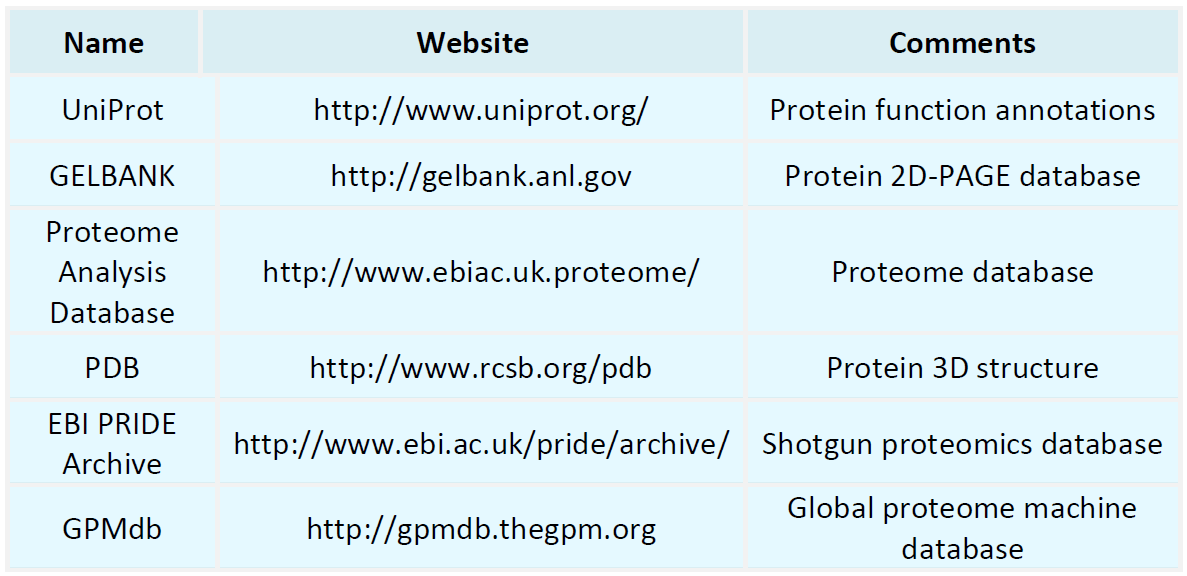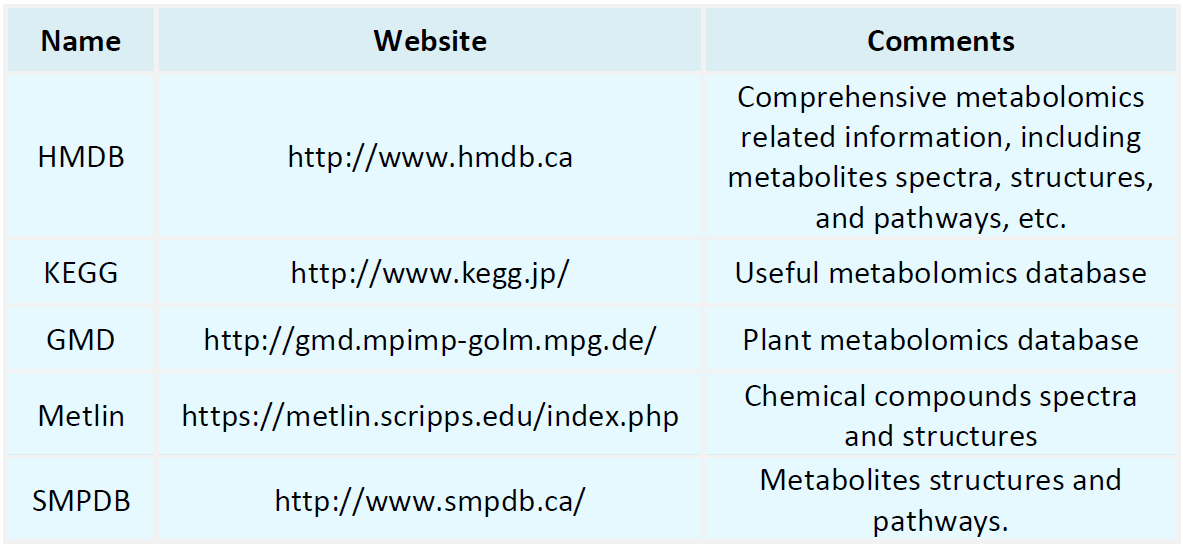Resources
Proteomics Databases

Metabolomics Databases

-
• Strategies for Identification and Sequencing of Peptide Biomarkers
Peptide sequencing, a technique for deducing the amino acid sequences of peptide fragments from mass spectrometry data, can be broadly classified into two methodological approaches: (i) database-dependent sequence alignment, suitable for species with an established reference proteome; and (ii) de novo sequencing, which operates independently of any database by directly interpreting ion fragments in MS/MS spectra, making it particularly applicable to unannotated proteins or complex biological samples. ......
-
• Peptide Mapping vs. Peptide Sequencing: What’s the Difference?
In proteomics and biopharmaceutical research, peptide analysis serves as a critical approach for elucidating protein structure, function, and dynamic changes. Although Peptide Mapping and Peptide Sequencing are frequently discussed in related literature, they represent two distinct analytical methodologies with markedly different workflows and research objectives. This article provides a systematic comparison of their underlying principles, application scenarios, and core differences, with the aim of ......
-
Protein phosphorylation is among the most prevalent and functionally significant post-translational modifications (PTMs) in cells, playing a pivotal role in regulating signal transduction, metabolic control, the cell cycle, transcriptional activity, and numerous other processes. An increasing number of studies have demonstrated that dysregulated phosphorylation is closely associated with a variety of diseases, including cancer, diabetes, and neurodegenerative disorders. Therefore, elucidating the mech......
-
In precision medicine, drug discovery, and large-scale cohort investigations, the ability to efficiently quantify thousands of proteins from minimal sample volumes represents a central challenge in modern proteomics research. Leveraging Proximity Extension Assay (PEA) technology, Olink has developed the Explore HT (High Throughput) platform, offering a next-generation, fully automated solution for high-throughput protein analysis. Relative to the earlier Explore platform, Explore HT delivers substanti......
-
• How to Improve the Sensitivity and Specificity of Quantitative Phosphoprotein Analysis?
Phosphorylated proteins function as molecular switches in cellular signal transduction, orchestrating nearly all critical biological processes. Aberrations in phosphorylation networks are frequently associated with the onset and progression of pathological states, including cancer, metabolic disorders, and autoimmune diseases. Consequently, quantitative phosphoprotein analysis has emerged as one of the most challenging yet valuable areas in contemporary proteomics. The intrinsic characteristics of pho......
-
• How to Perform CUT&Tag Peak Calling and Functional Annotation?
CUT&Tag (Cleavage Under Targets and Tagmentation) is a high-throughput epigenomic technique designed to investigate protein–DNA interactions, particularly suited for detecting transcription factor binding sites and histone modification loci. To derive biologically meaningful insights from raw sequencing data, peak calling and functional annotation constitute critical analytical steps. Establishing a rigorous and reproducible approach to these processes is essential for transforming experimental result......
-
• How to Analyze Protein Disulfide Bonds?
Rationale for Analyzing Protein Disulfide Bonds Disulfide bonds play a crucial role in maintaining the stability of a protein’s tertiary structure, as well as influencing its biological activity and conformational integrity. Incorrect disulfide bond pairing can result in: Loss of function (e.g., inactivated antibodies) Protein aggregation or formation of insoluble species Increased immunogenicity risk (commonly encountered in drug development) Accordingly, precise determination of the connectivity a......
-
• How to Prepare High-Quality Samples for Optimal 4D Proteomics Performance?
4D proteomics, which integrates ion mobility with mass spectrometry (MS) analysis, offers substantial improvements in both sensitivity and proteome coverage for qualitative and quantitative studies. Despite employing identical experimental platforms and analytical strategies, many researchers observe marked variability in results across laboratories. The primary underlying cause frequently lies in differences in sample preparation quality. This article systematically reviews optimization strategies ac......
-
• What Is Targeted Quantitative Metabolomics?
Targeted quantitative metabolomics is a research strategy in metabolomics characterized by the predefined selection of metabolites and their precise quantification. This approach employs a predetermined metabolite list and leverages highly sensitive, selective analytical platforms, such as liquid chromatography–tandem mass spectrometry (LC–MS/MS) or gas chromatography–mass spectrometry (GC–MS), to achieve accurate measurements of the absolute concentrations or relative abundances of specific metabolit......
-
• How to Determine Molecular Weight?
What Is Molecular Weight? Molecular weight (MW), also referred to as relative molecular mass, is defined as the ratio of the mass of a molecule to one-twelfth of the mass of a carbon-12 atom, with units of Dalton (Da) or g/mol. In practical applications, particular attention is often given to the exact molecular mass, which is calculated based on the precise isotopic masses of constituent atoms and is especially critical in mass spectrometric analysis. Summary of Common Methods for Determining Molec......
How to order?







